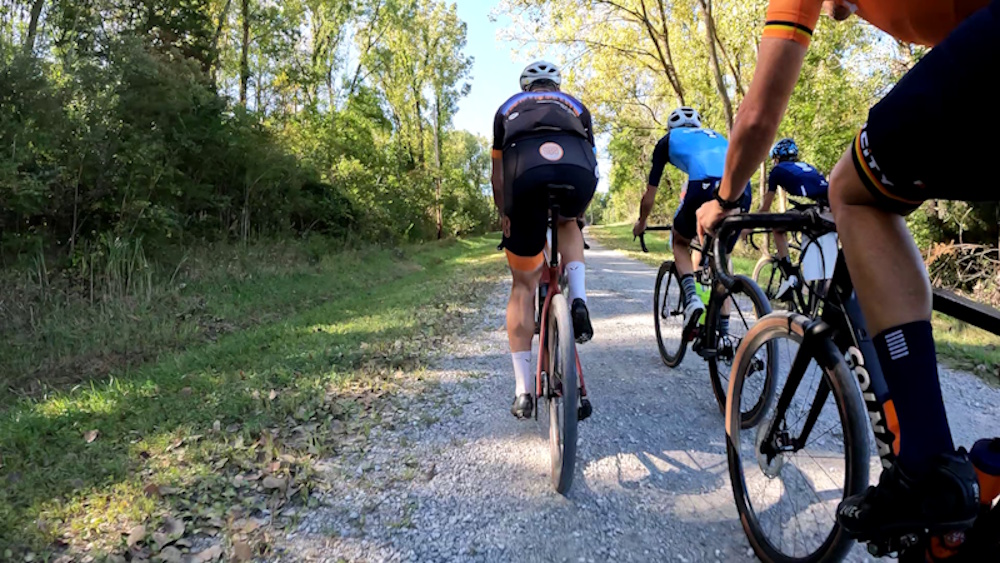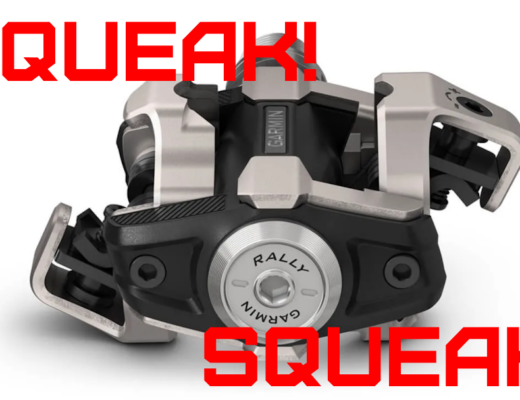I see a lot of very similar questions out on the Internet that fall into the “I did my first gravel event, it didn’t go well, how do I fix it?”. My first gravel race was exactly that. It was one of the most demoralizing things I’ve ever done on a bike. I did not want to repeat that, so I put a huge amount of effort into figuring out how to fix the things I can fix.
It is just a couple “easy” things that made a huge difference for me, and will likely help you too when it comes to fitness and fueling. Very much intended as a starting point, not an end point.. This is not intended to be comprehensive, especially on the training plan side. We are not talking about tactics, as we all know, I haven’t figured that out yet.
Before getting to it, if you ever have a question send it in. Nutrition, bike maintenance, training, whatever. It’s great to understand where the pain points are. If I can answer it, I will. If I think it’s useful to a broader audience, I will make a video or blog post. Happy to make this kind of thing, a more regular thing.
The primary hurdle in gravel is rolling resistance. Even tucked in, in a group, you need to keep pushing the pedals to overcome the watts gravel sucks out of the tires. If you only ride on tarmac, this is going to be very different. On the road, I can hide in a fast group in Z1 all day long.
You need to change your plan to train your body to recover in high Z2, grow the high aerobic endurance capacity, your Z3/Z4, and deal with the anaerobic bursts. There are two workouts that I really like that address these problems.
I do a few variations of this first type of workout, they all pivot around the same 3 min “recover”, 1 min “on” principle with no real recovery in the mix. Basically it’s a 10 min ramp-up from Z1->Z3 + 3-1-3-1 (repeat) + 4 min ramp-down from Z2->Z1 for 60/90/120/150 min total duration. The only time you touch Z1 is at the beginning and end. The 3 min intervals can be high Z2 or low Z3, and the 1 min intervals can be high Z3 or low Z4. Mix it up based on how much you want to suffer. The first time you do this, it should be demoralizing. It gets easier, your body will adapt, it never gets easy. But you are grinding out a huge endurance reserve.
The second type are hops. The basic layout of the workout is the same: ramp up, beat up on yourself with no recovery, ramp down. The hop intervals are 15s @ 140% of FTP / 105s @ 75% of FTP, repeat for a duration.
The other hurdle is nutrition and hydration. This is something I get a lot of pushback over, and I don’t understand why. Don’t be afraid to eat or drink on the bike, in the days leading into the race set yourself up to have an energy surplus. It is difficult to eat enough during an event to offset the caloric cost unless you are riding at very low power. Reducing the caloric deficit improves your performance during the event and speeds recovery.
Let’s do some quick math here to demonstrate the point. The basic formula to calculate energy consumption is Watts x Time in hours x 3.6. This does not include your BMR, or the calories you burn to keep you alive. It’s only the riding the bike part.
So if you ride at 150W for 3 hours, it costs 1,620 calories. Or technically kcal, but that doesn’t really matter, and it doesn’t really matter if the body is 24% or 25% efficient. That is noise because the concept holds no matter what. It does not matter if we’re off by a couple hundred calories.
There are 4 calories per gram of carbohydrate. Divide 1620 by 3, to get to hours. We get 540 calories per hour. Now divide that by 4 to get our carbs per hour target. That number is 135g/h. That is a big number.
Average 200W over those 3 hours, and your new target is 180g/h.
The longer the race, the larger the deficit. Looking at Dust Bowl, little over 100 miles, little over 5 hours, 4,275 calories burned or 213.75g/h. AFAIK, that is not an achievable target. The difference comes off your body. That number does include the BMR, but that makes sense, those are also calories burned.
The larger you are, the harder it gets as well. 200W is 2.86 W/kg, for me. If you’re 80kg, or 176 lb, 2.86W/kg is 229W. You can see where I’m going. It’s just math.
Part of how you deal with that is by pre-loading carbs in the 4-5 days leading into the event. Make it a priority. Then take in 2-3g per kg of body weight in carbs in the 2-3 hours before the event. That might take some getting used to. Before, my last race I ate or drank ~200g of carbs on the drive over. Take in as much as you can during, that might require some gut training.
To figure out your target, look at your last race or something comparable. Divide the total calories by hours, take that number and divide by 4. That’s your baseline carbs per hour target. If you have a power meter, that number is going to be fairly accurate. If you don’t, and it’s based on heart rate, that’s still OK, just be aware that it’s not as accurate. If that number is more than 60g/h, start at 60g/h and work towards that number. Most people can do 90g/h without any gut training. I have a detailed article on the site around the different types of carbs. You don’t have to worry about that at 60, you do as you move up.
Training your gut is just another kind of training. You might need to work at it to get to 90, you might need to work on it to get past 90.. When you get over 100-110g/h, how far you can push it is going to be a very personal thing.
My last race I consumed 125g/h. I prefer to drink my nutrition (~1l/h), so I use table sugar and table salt in the bottles. Sugar is the optimal ratio, it’s super cheap, and you can buy it pretty much anywhere, even most gas stations. You don’t have to drink it, some people prefer actually eating things, that’s totally fine. Try to keep the food simple. Minimize the fat, fiber, and protein in the mix especially as you scale up intake. These things slow digestion and cause gut issues. Many times when people struggle to take in nutrition it is because of those unwanted things, not because of the carbs themself.
Hopefully that helps. Feel free to downvote me in the comments.



